Elvira Golombosi spent the first seven years of her life in the southwestern corner of Ukraine, in Transcarpathia. Embraced by the Carpathian Mountains, this region is a quite unique in that it borders Slovakia, Poland, Hungary, and Romania, making it a melting pot of different cultures and influences. As a result, Elvira has been immersed in four languages since childhood: the Transcarpathian dialect, the official Ukrainian, the Russian she heard on television, and the Hungarian she heard in kindergarten. At the age of eight, she moved to Slovakia with her parents, which made her completely switch to Slovak, and marked the beginning of a long journey that continues to this day. Later she relocated to Germany and then Spain, and now she calls the island of Ibiza home.
Elvira travels with the trade winds in search of ancient energies and new influences, the results of which can be admired in her complex art projects and archaic jewelry. Her jewelry brand ORAÏK, founded with her partner Hector Lasso, evokes the mythical spirit of Ibiza and, like her earlier work, transforms the tribal, totemic world into wearable, artistic objects. We asked Elvira about roots, her creative process, and archetypal symbols.
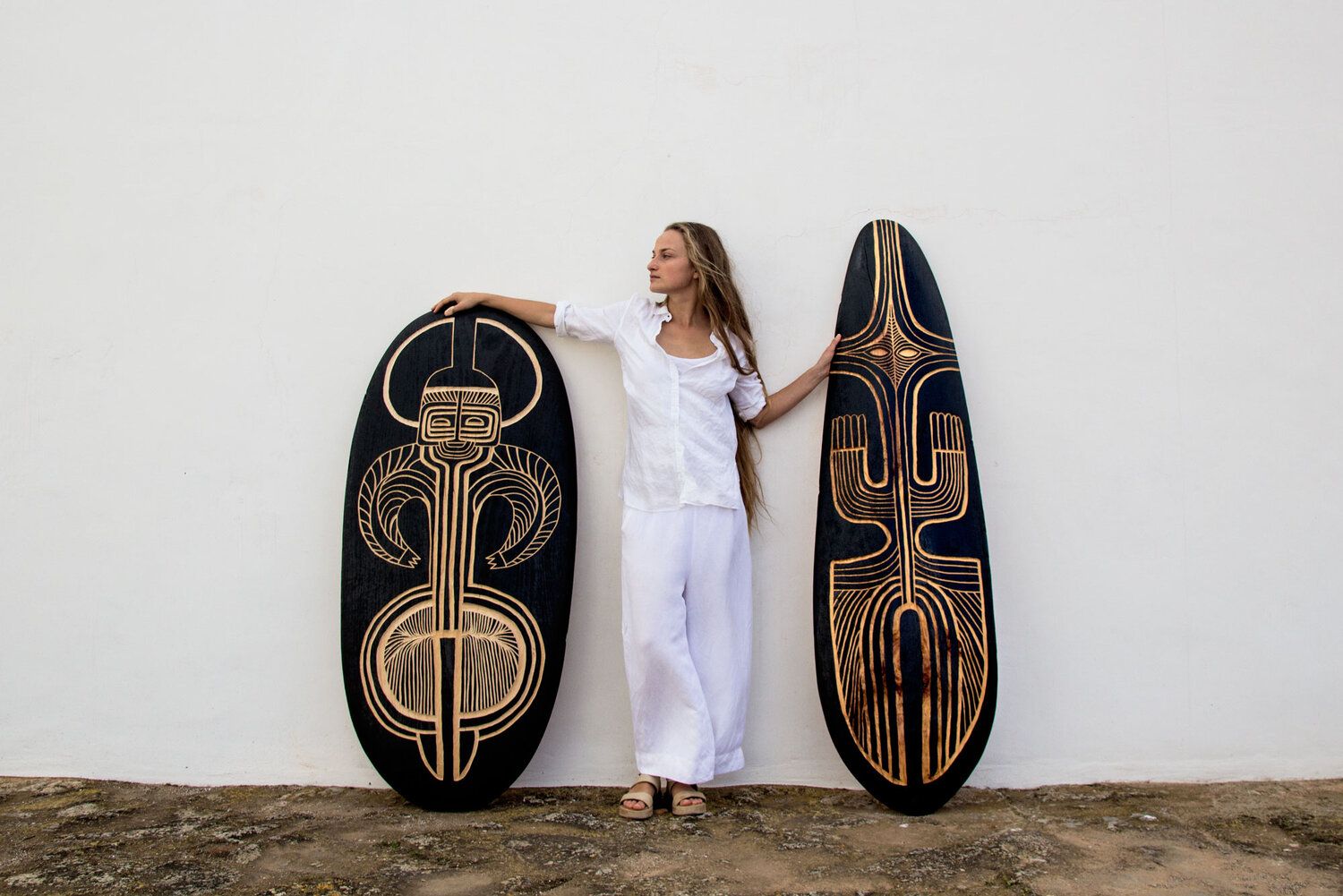
You have been surrounded by a diverse cultural milieu since childhood. Is there something in your Eastern European heritage that you deeply connect to?
Growing up in this multilingual environment, I felt that I belonged to all these nationalities at once. Luckily, this feeling has stayed with me—the moment I learn a language or move to another country, I feel a connection to that culture. I’m at home in many countries, but at the same time, I’m still a foreigner on some level. But what ties me to my homeland are the Carpathian Mountains. When I walk through the Carpathian forests, I am overwhelmed by the feeling of belonging. I am still on the path of discovering my deeper roots, and my connection with my ancestors—especially since the outbreak of the war in Ukraine, this has become a more important issue than ever.
You frequently talked about the importance of symbolism in your life. What system of symbols do you work with? I understand that you are particularly interested in ancient energies, totem animals, and mythical spirits.
I have always had a strong affinity for ancient and tribal art in my creative work. African costumes, Inuit drawings, European pagan masks, Etruscan jewelry, and pre-Hispanic stone sculptures—these objects are a source of great inspiration and power. There is something unifying and archetypal about symbols and images created before the age of rationalism, regardless of culture or continent—ancient art is full of magic and supernatural spirits.
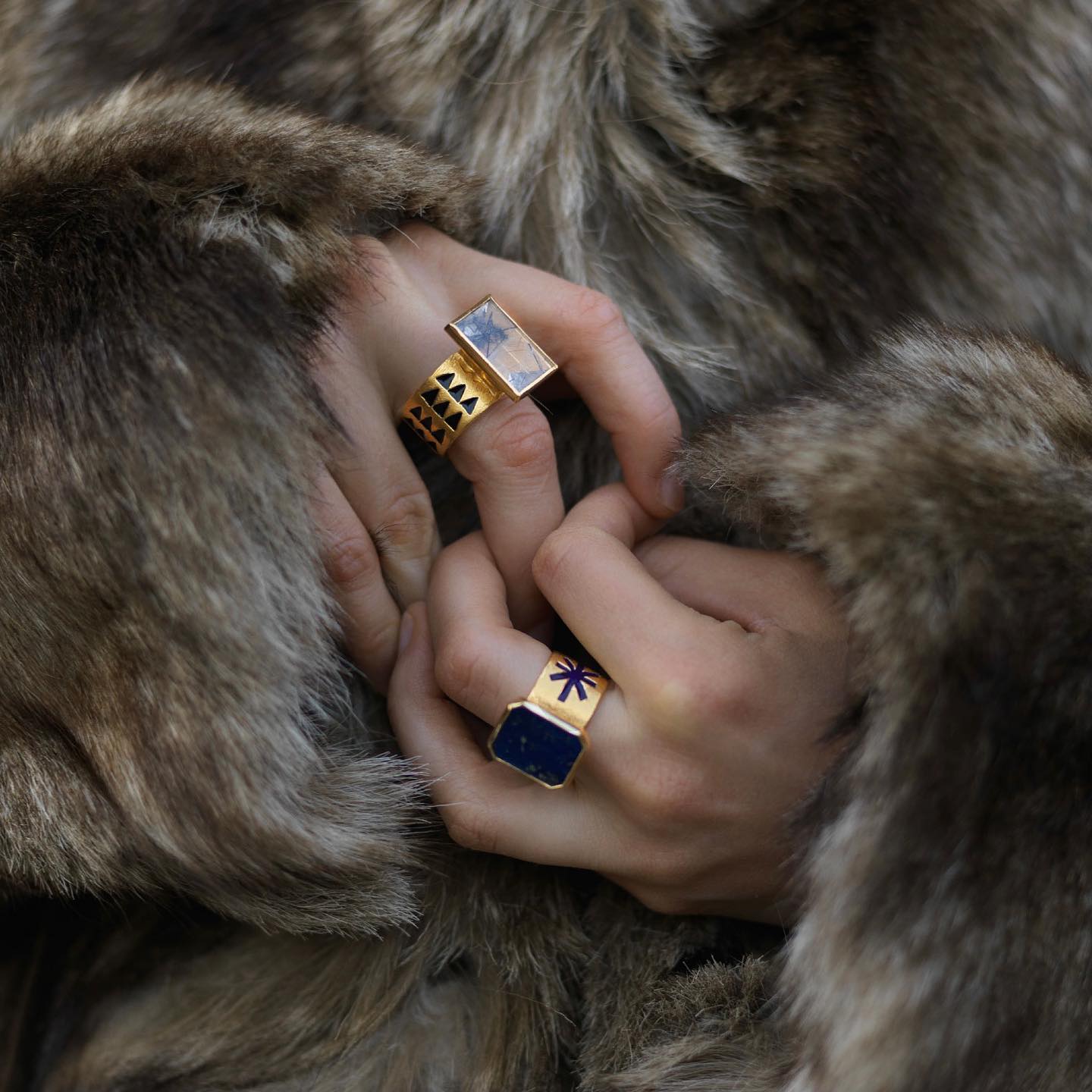
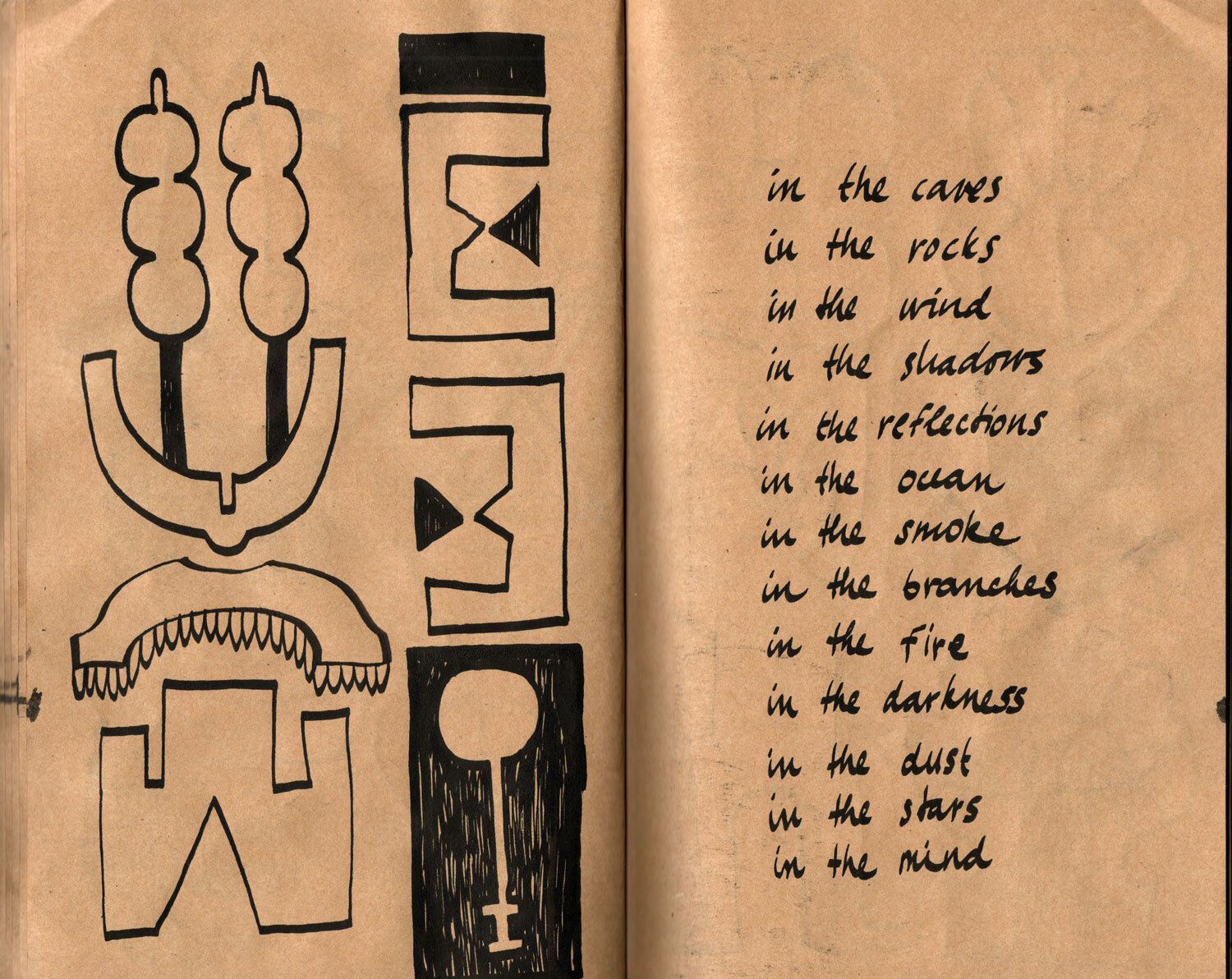
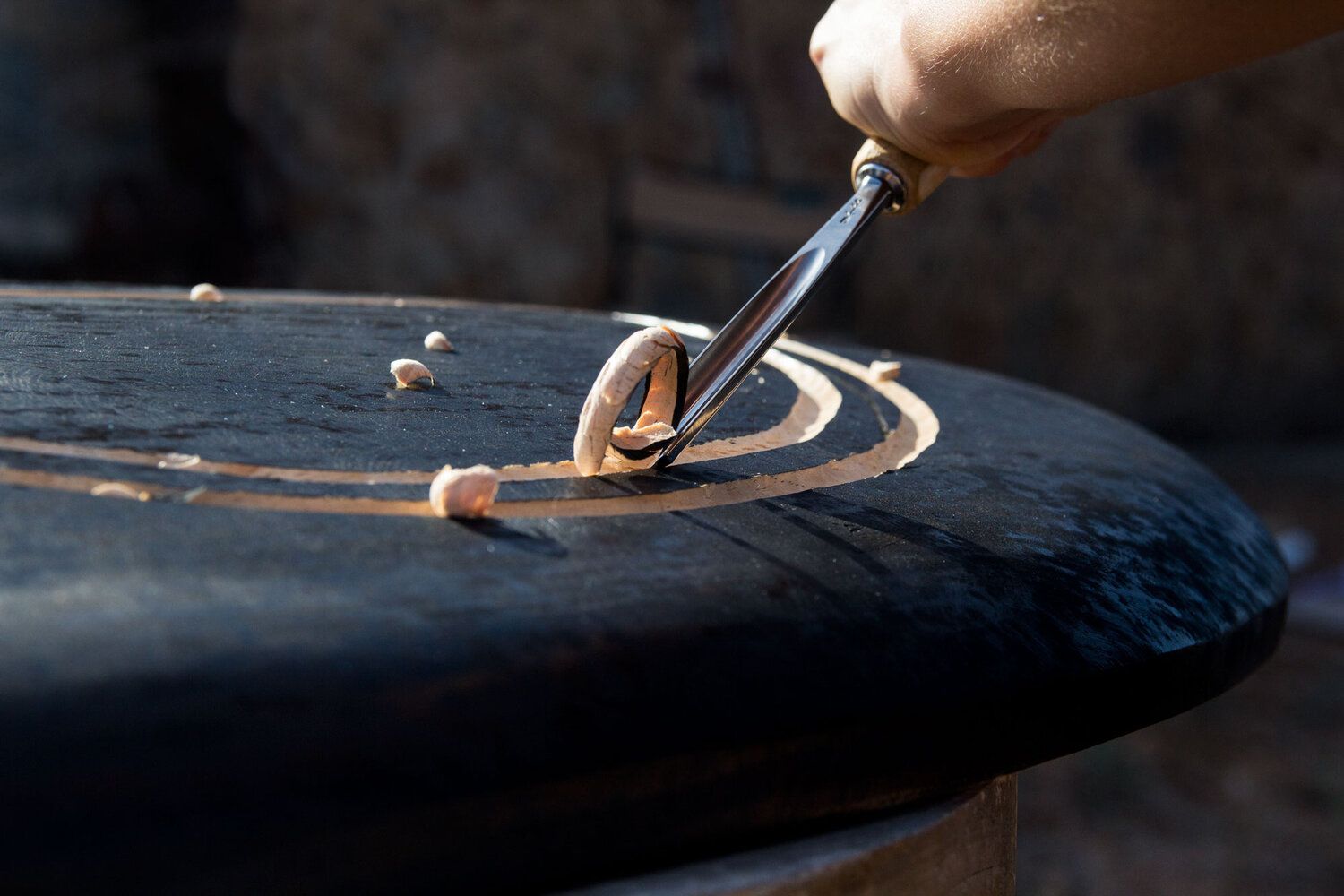
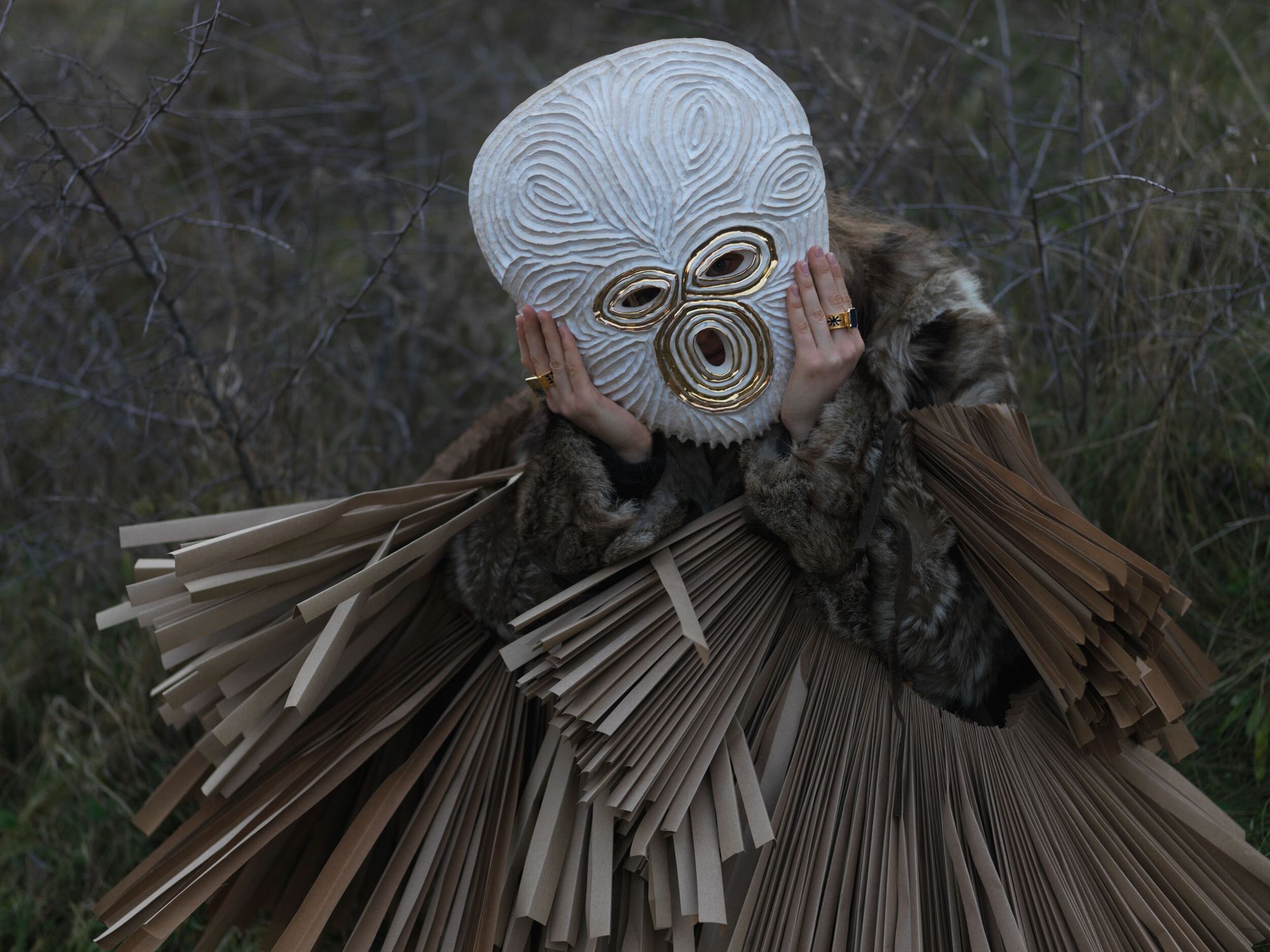
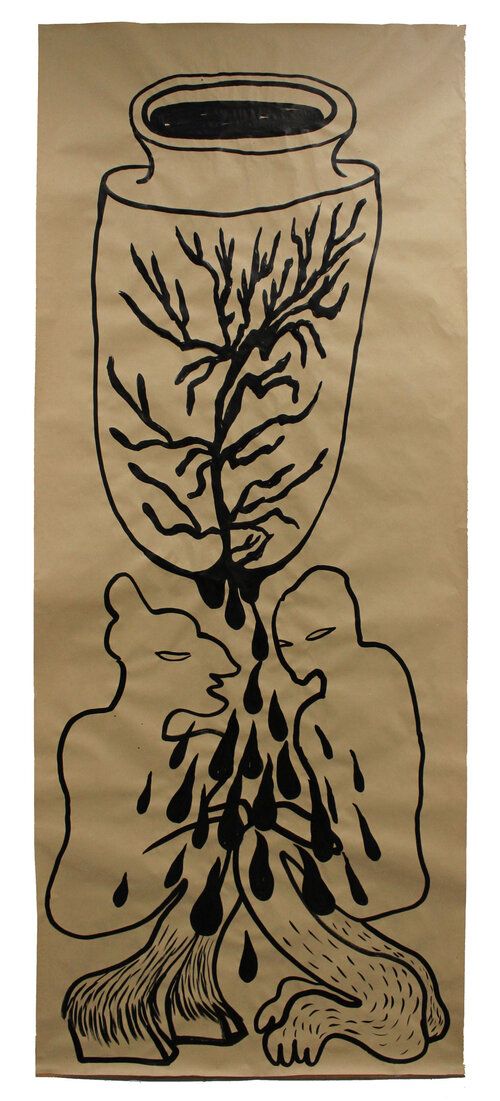
Looking at your work, your masks caught my attention. Can you tell us a little bit about Visitors? I think it’s very special these days when someone comes up with a collection like this.
I started this series of ceramic masks because I wanted to finally model the imaginary creatures that have appeared in my drawings over the years. I conceive these masks as portraits of mythical characters, and by giving them a three-dimensional form, their essence may come to life.
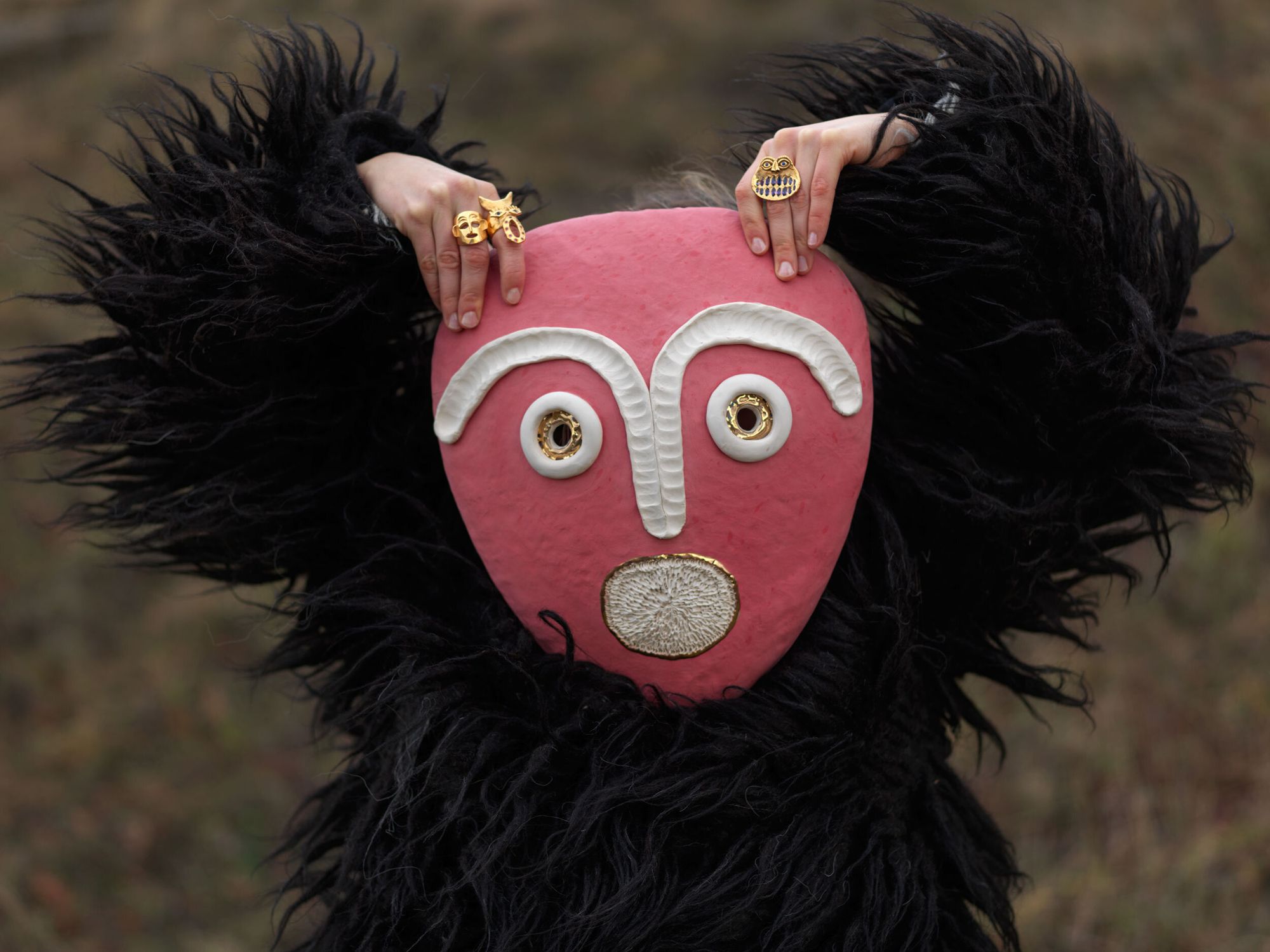
You mention on your website that you enter a trance-like state while working. How is this to be imagined? What can inspire you during this process?
It’s especially important for me during the creative phase to turn off the noise of my rational mind and tune into the deeper flow of my inner imagination. I simply try to stop thinking and instead create spontaneously, allowing images to emerge from the realm of the unconscious, rather than consciously directing the outcome. I prefer the position of co-creator and observer rather than director because it allows me to be surprised by my own work.
I also like to visit ethnographic museums, traditional craft markets, or even contemporary design shops, and art biennials. At home, I surround myself with books and objects collected during my travels. What recharges me are walks in nature at sunset, dancing, and skinny-dipping in the sea.
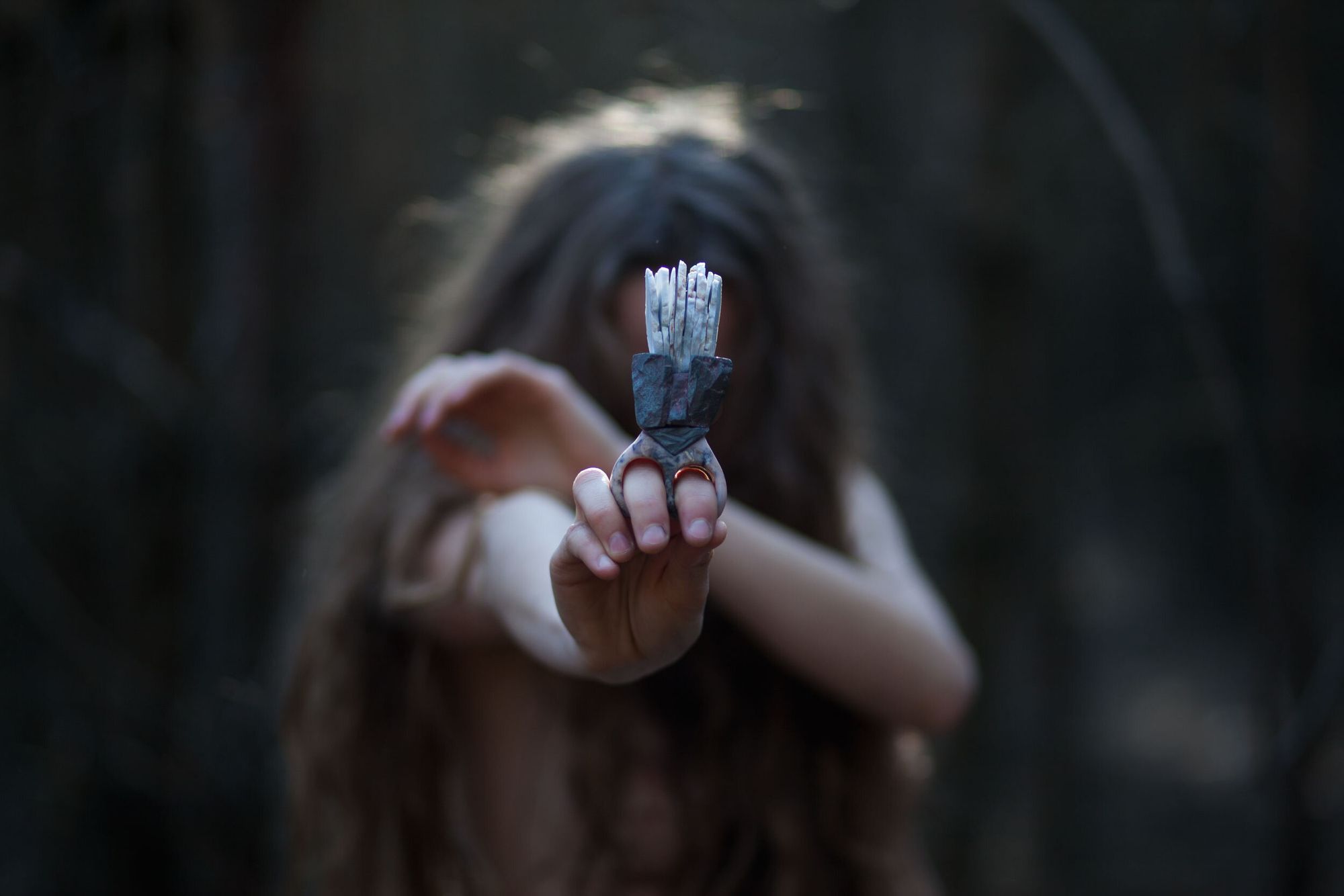
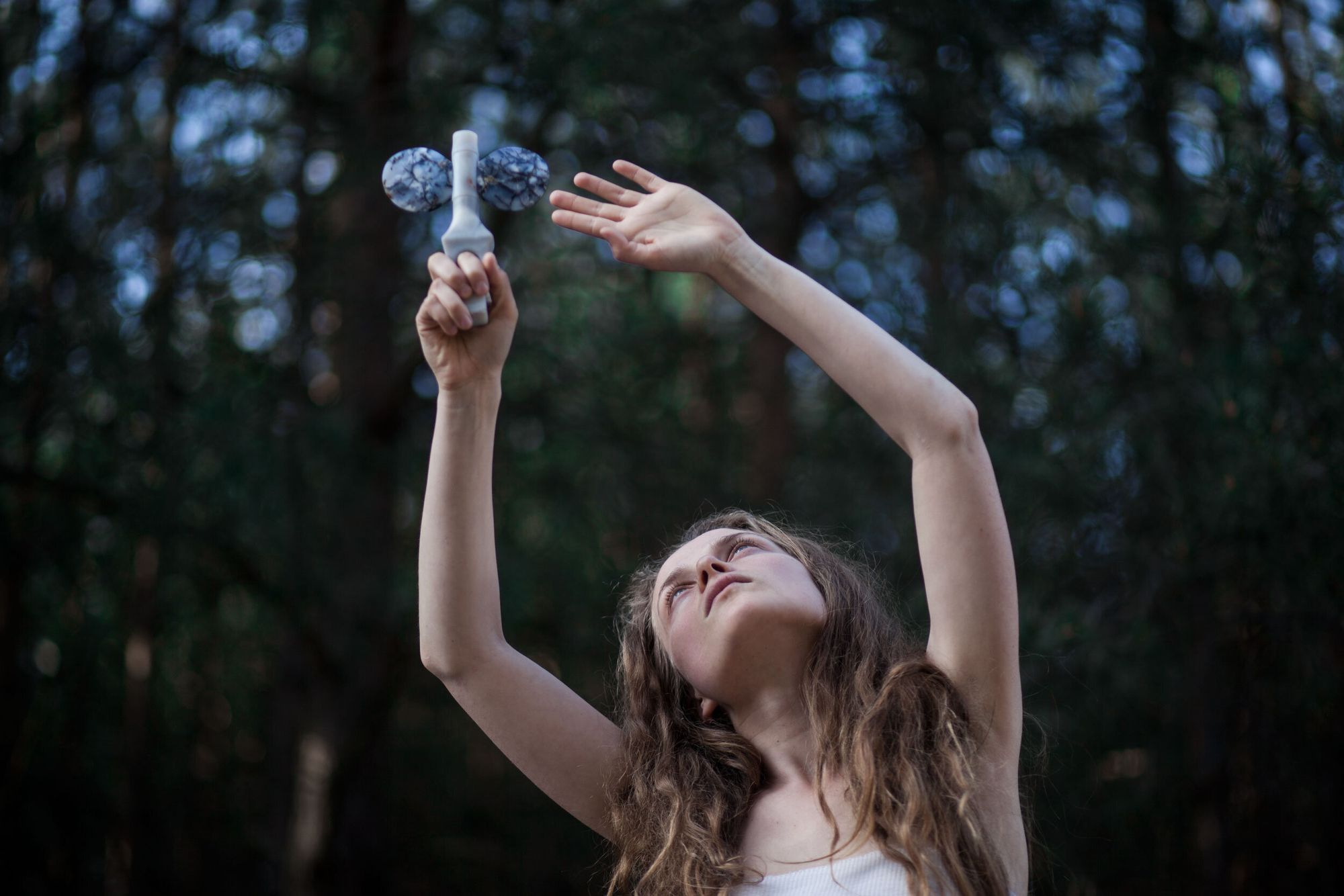
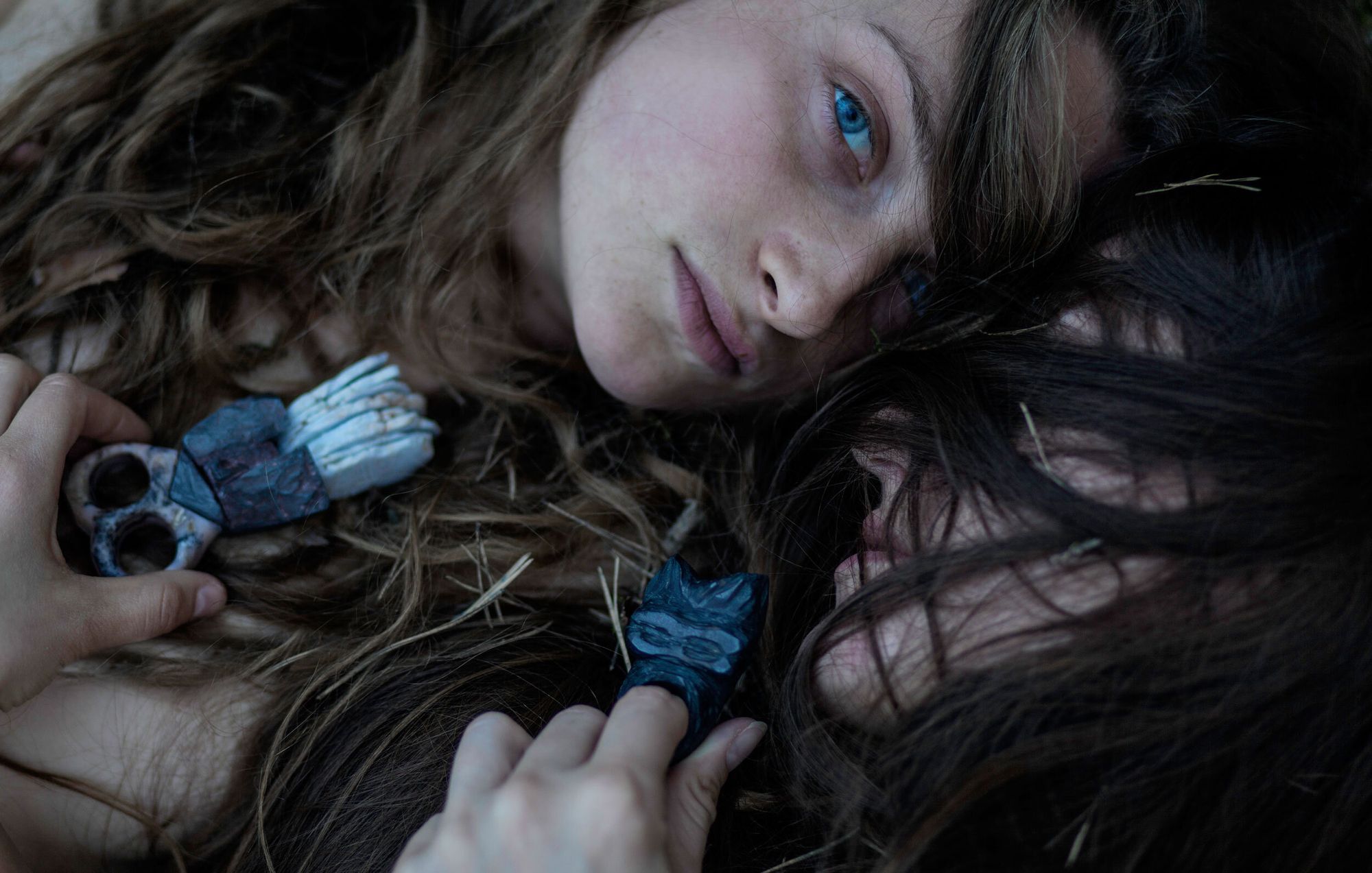
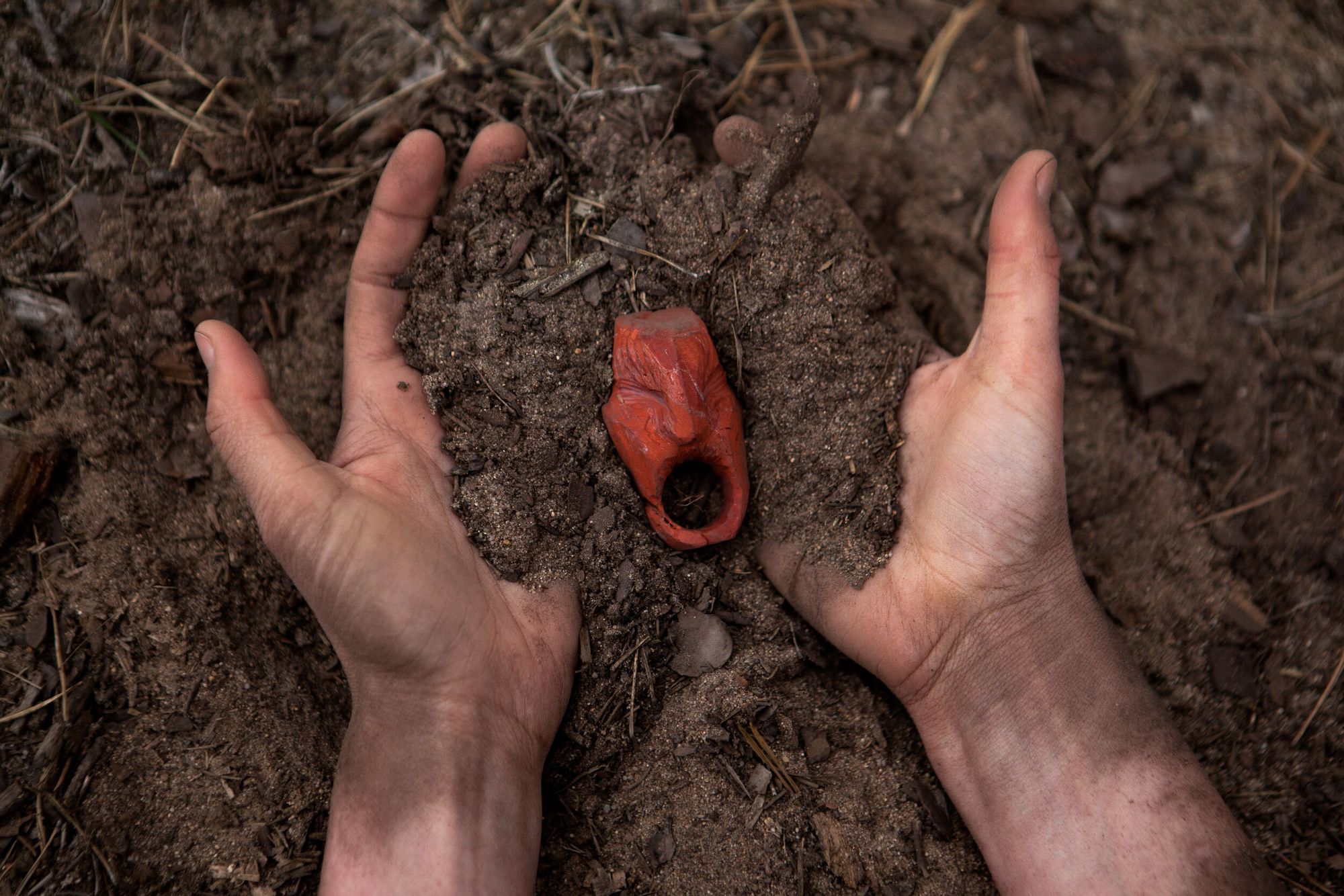
You are currently in Mexico. Can you talk about what this country has given you? What is your next destination?
I’m currently wrapping up my three-month trip to Mexico. I came here alone to give myself space and time to see “who I am and where I am going.” I think moments like this are essential in life. It has been a significant journey for me on a personal and creative level. Mexico has an incredible cultural richness, it is a place where I felt welcome and safe. In addition to a wealth of inspiration, I will take home hand-woven textiles, handmade ceramics, carved wooden masks, and much more. I’ve never bought so many handcrafted items and taken so many pictures in museums as I did in Mexico! Honestly, this trip was so intense that I am not even planning my next destination yet. First I need to process all the impulses I got on this trip. But Guatemala and Japan are on my mental horizon for the future.
Photos: Evelyn Bencicova
Elvira Golombosi | Web | Facebook | Instagram









